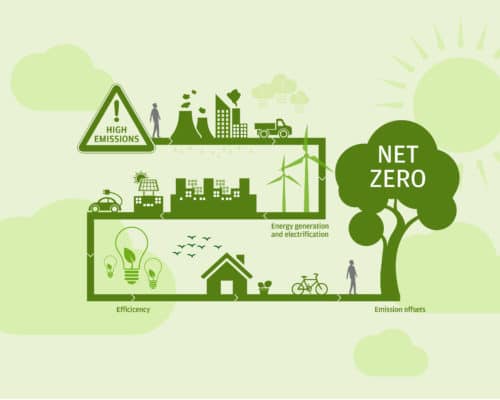The Economic Benefits of Renewable Energy for Asia: Crunching the Numbers
07 July 2022 – by Viktor Tachev Comments (0)
The economic benefits of renewable energy for Asia are more significant than in any other region. It is among the most vulnerable to climate crisis impacts. And more importantly, the region is home to developing countries in need of sustainable long-term growth.
Key Economic Benefits of Renewable Energy for Asia
Deloitte sees clear opportunities for countries in Southeast Asia and the Asia-Pacific to lead the way in tackling climate change. Furthermore, the organisation states that mitigating climate impacts isn’t “a narrative of cost but one of extraordinary opportunity and economic growth”.
The economic gains and environmental benefits will originate from the transformation of energy systems and will materialise in multiple aspects. Greenhouse gas emissions can be reduced with the proper usage of renewable energy sources for power generation.
Job Creation
Among the key economic benefits of renewable energy and its increased adoption in Asia will be an abundance of new jobs. In fact, this trend is already happening. Currently, the majority of the 2 million solar manufacturing jobs globally are in China. The country already accounts for approximately 70% of the global solar PV component manufacturing capacity. Southeast Asia holds a 10% share.
After analysing up to 800 renewable energy projects across Indonesia, Japan, Malaysia, the Philippines, South Korea, Taiwan, Thailand and Vietnam, Ernst and Young found that realising all of them would create up to 870,000 jobs in the region.
International Renewable Energy Agency (IRENA) estimates that the renewables sector will create around 25 million jobs by 2030, most of which are in Asia. The International Labour Organisation (ILO) sees green jobs in the region topping 14.2 million by 2030.
GDP Gains
According to Deloitte, if the Southeast Asian region starts addressing the climate crisis today, it can ensure an average of 3.5% GDP growth per year to 2070. The economic benefits of renewable energy and climate action will be approximately USD 12.5 trillion by 2070.
Similarly, decisive and timely climate action could deliver USD 47 trillion to Asia-Pacific economies by 2070.
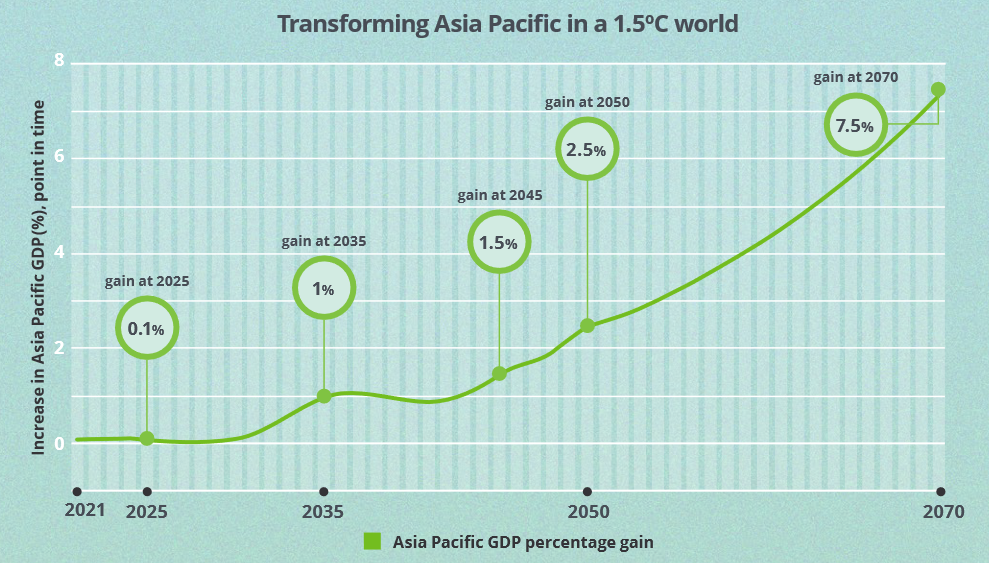
Other studies also echo similar estimates. A report by the EU-ASEAN Business Council finds that the decarbonisation of the oil and natural gas sector can bring Southeast Asian countries economic opportunities of up to 20% of GDP.
A study by the Swiss Re Institute is even more optimistic. It states that lowering the temperature rise from a 2.6°C scenario to the Paris Agreement’s target would ensure a 25% GDP gain for ASEAN countries. This growth is way above the potential of any other region. It will increase global GDP.
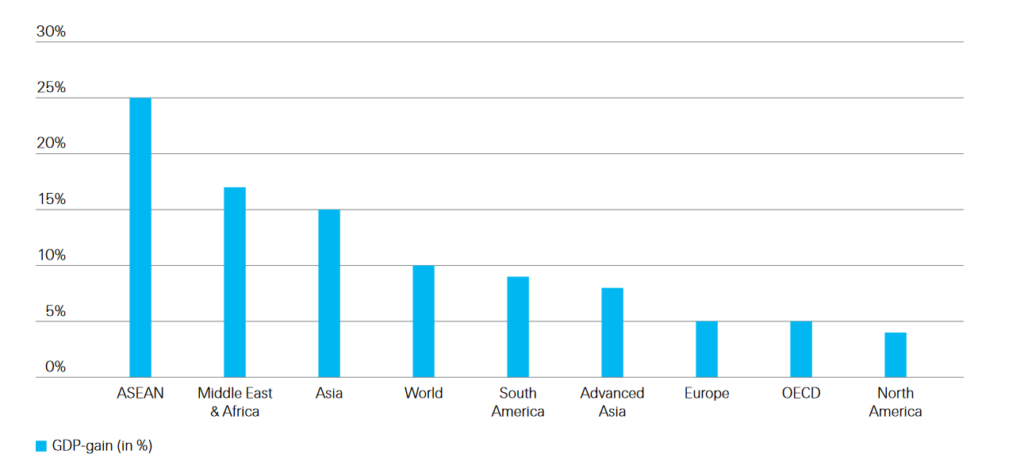
Savings
The Global Commission on Adaptation estimates that investing USD 1.8 trillion in climate adaptation in the current decade globally could ensure USD 7.1 trillion in savings when taking into consideration potential damage and economic growth.
In the case of Asia, the renewable energy transition will also save the region from the highly volatile prices of fossil fuels. According to IEA, accelerating clean energy transitions is also the key to reducing Asia’s energy security vulnerabilities and import dependence.
On top of that, renewable energy is now becoming the cheapest form of energy in many parts of the world. Substituting fossil fuels with cleaner renewable sources will ensure that economies have cheaper and cleaner energy. They will also have a more productive economic output from it. It will inspire more capital investment.
Enabling the Economic and Environmental Benefits of Renewable Energy in Asia
Capturing the economic benefits of renewable energy has to start with efforts in two main directions.
The first is halting financial support for fossil fuels. A report by Action Aid finds that while reported public climate finance for developing countries amounted to USD 59.5 billion per year between 2017 and 2019, in reality, it was much lower. If we disregard loan repayments, interest and finance that doesn’t directly target climate action, the real value reaches only between USD 19 and USD 22.5 billion per year.
Furthermore, only 20% (USD 12.5 billion) of public climate finance was in the form of grants. In comparison, in the fiscal year of 2019, India alone spent USD 12.4 billion on fossil fuel subsidies.
Currently, Asian countries aren’t spending enough on renewable energy and continue actively supporting fossil fuels. For the world to have any chance of avoiding the worst impacts of climate change, this trend should change.
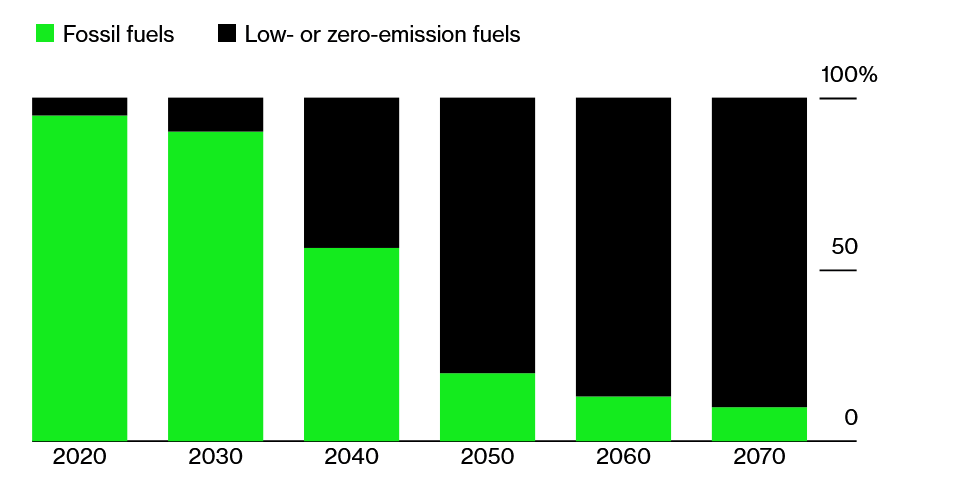
To unleash the economic benefits of renewable energy, Asian countries should also focus on decarbonising hard-to-abate sectors.
Currently, the power sector accounts for about 35% of the region’s total CO2 emissions. Close to 90% of them come from coal industry, compared to 70% globally. The case is similar when it comes to the industrial sector, the largest greenhouse gas emitter in Asia. The emissions per unit of GDP are about 60% higher than the global average. Asia also generates about 80% of global carbon emissions in the steel and cement industries. Consequently, structural shifts from fossil fuels to clean energy within heavy industries are expected to bring the most notable environmental and economic benefits.
Halting Fossil Fuels and Increasing Solar and Wind Power Capacity – The Following Years Are Crucial
The decisions that Asian leaders will make in the next few years will determine the region’s future. Halting fossil fuel expansion plans in favour of increased renewable energy capacity makes sense from a climate standpoint and a financial one. This should make it easy for the leadership in these countries to make the right choice.
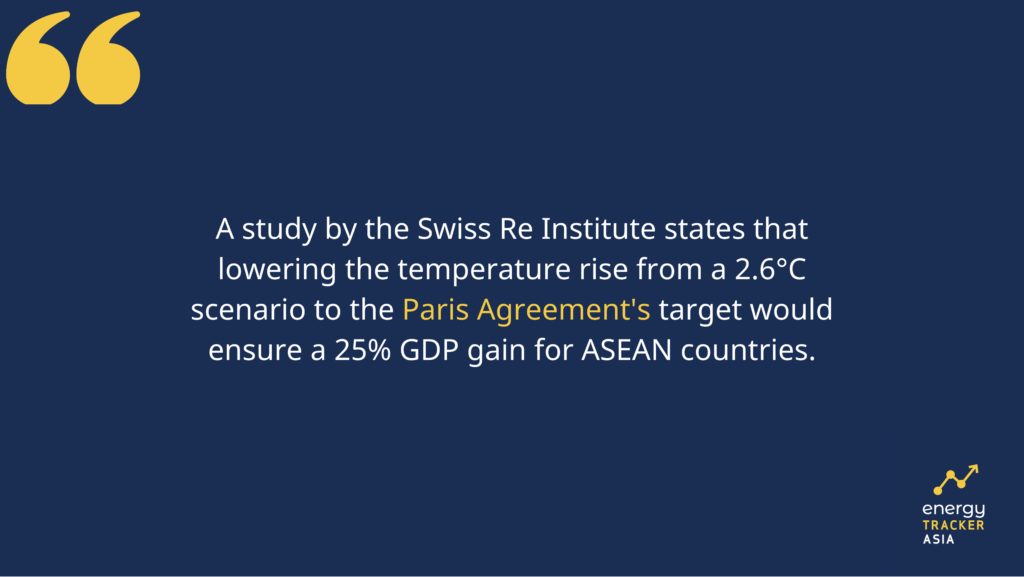
by Viktor Tachev
Viktor has years of experience in financial markets and energy finance, working as a marketing consultant and content creator for leading institutions, NGOs, and tech startups. He is a regular contributor to knowledge hubs and magazines, tackling the latest trends in sustainability and green energy.
Read more